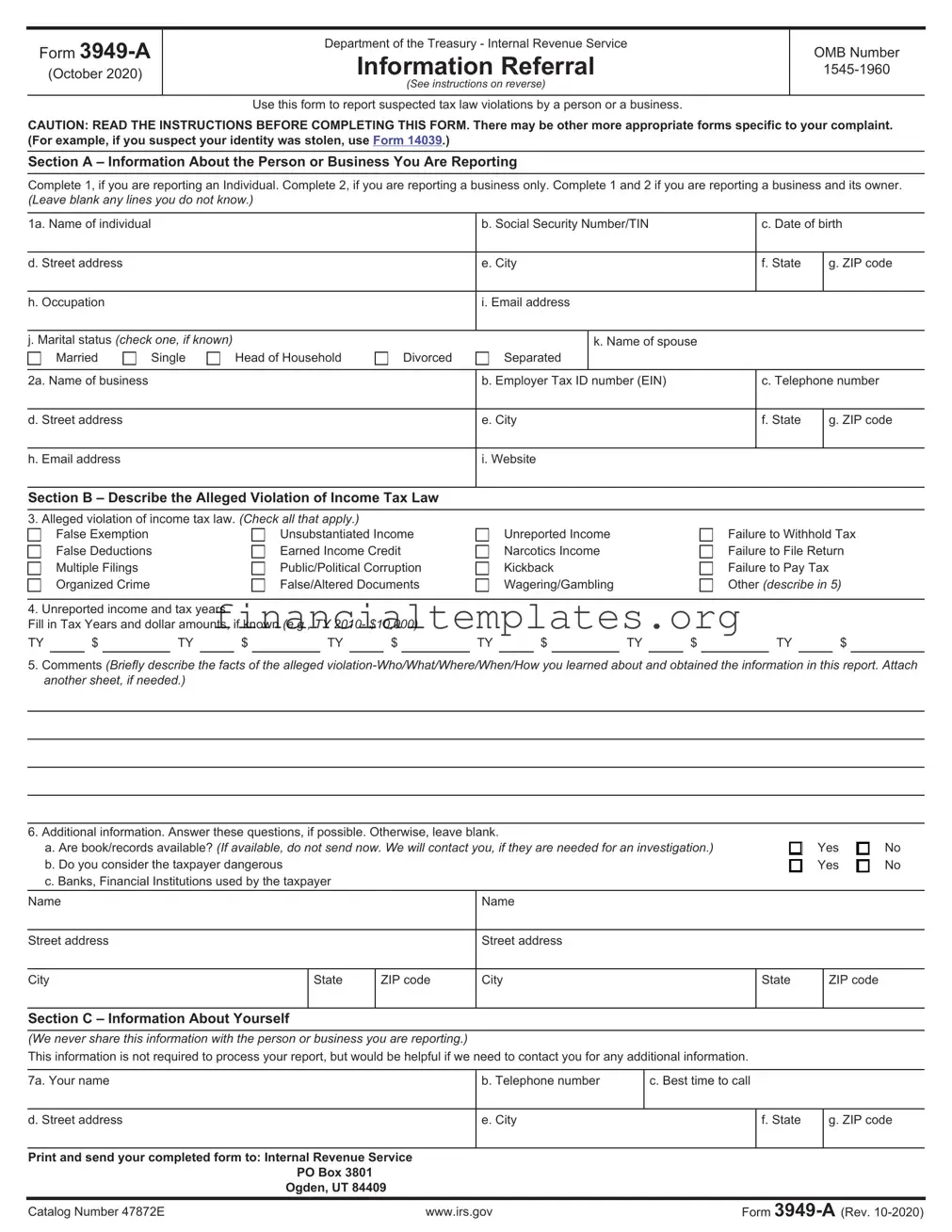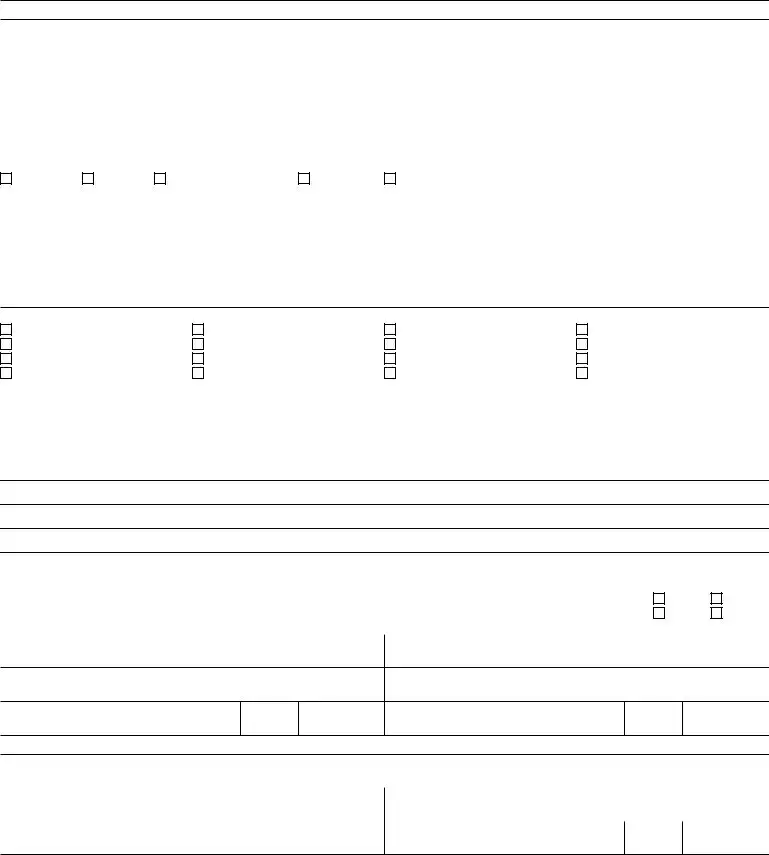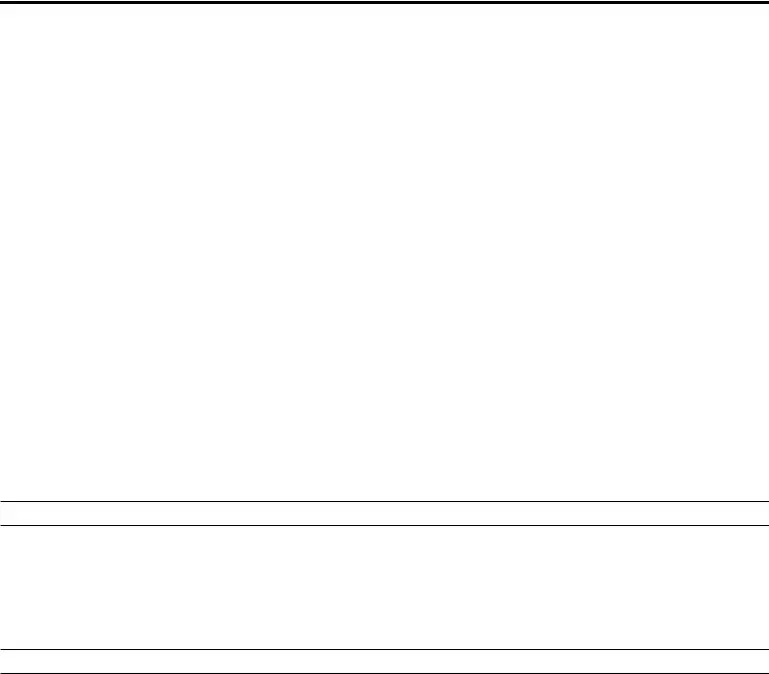Page 2
Instructions for Form 3949-A, Information Referral
General Instructions
Purpose of the Form
Use Form 3949-A to report alleged tax law violations by an individual, a business, or both.
CAUTION: DO NOT USE Form 3949-A:
oIf you suspect your identity was stolen. Use Form 14039. Follow “Instructions for Submitting this Form” on Page 2 of Form 14039.
oTo report suspected misconduct by your tax return preparer. Use Form 14157. Submit to the address on the Form 14157.
oIf your paid preparer filed a return or made changes to your return without your authorization. Instead, use Form 14157 AND Form 14157-A. Submit both to the address on the Form 14157-A.
oIf you received a notice from the IRS about someone claiming your exemption or dependent. Follow the instructions on the notice. Do not complete Form 3949-A.
oTo report an abusive tax avoidance scheme, promotion, or a promoter of such a scheme. Use Form 14242. Mail or FAX to the address or FAX number on the Form 14242.
oTo report misconduct or wrongdoing by a tax exempt organization or its officers, directors, or authorized persons. Use Form 13909. Submit by mail, FAX, or email, according to the instructions on the Form 13909.
Have information and want to claim a reward? Use Form 211, Application For Award For Original Information. Mail it to the address in the Instructions for the form.
Specific Instructions
Section A – Provide Information About the Person/Business You Are Reporting, if known.
Provide as much information as you know about the person or business you are reporting.
1.Complete if you are reporting an individual. Include their name, street address, city, state, ZIP code, social security number or taxpayer identification number, occupation, date of birth, marital status, name of spouse (if married), and email address. Include as much information as you know.
2.Complete if you are reporting a business. Include the business name, business street address, city, state, ZIP code, employer identification number (EIN), telephone number(s), email address, and website, if known.
Note: Complete both parts if you are reporting a business and its owner.
Section B – Use to Describe the Alleged Tax Law Violation(s)
3.Check all Tax Violations That Apply to Your Report.
False Exemption- Claimed persons as dependents they are not entitled to claim.
False Deductions- Claimed false or exaggerated deductions to reduce their taxable income. Multiple Filings- Filed more than one tax return to receive fraudulent refunds.
Organized Crime- Member of a group of persons who engaged in illegal enterprises such as drugs, gambling, loansharking, extortion, or laundering illegal money through a legitimate business.
Unsubstantiated Income- Reported false income from an unverifiable source in order to get a false refund.
Earned Income Credit- Claimed Earned Income Credit which they were not entitled to receive. They may have reported income they did not earn or claimed children they were not entitled to claim.
Public/Political Corruption- Public official or politician violated laws against using their position illegally for personal gain.
False/Altered Documents- Changed documents, such as a W-2 or Form 1099, or created fake documents to substantiate a false refund.
Unreported Income- Received cash or other untraceable payments, such as goods or services, and did not report the income.
Narcotics Income- Received income from illegal drugs or narcotics.



